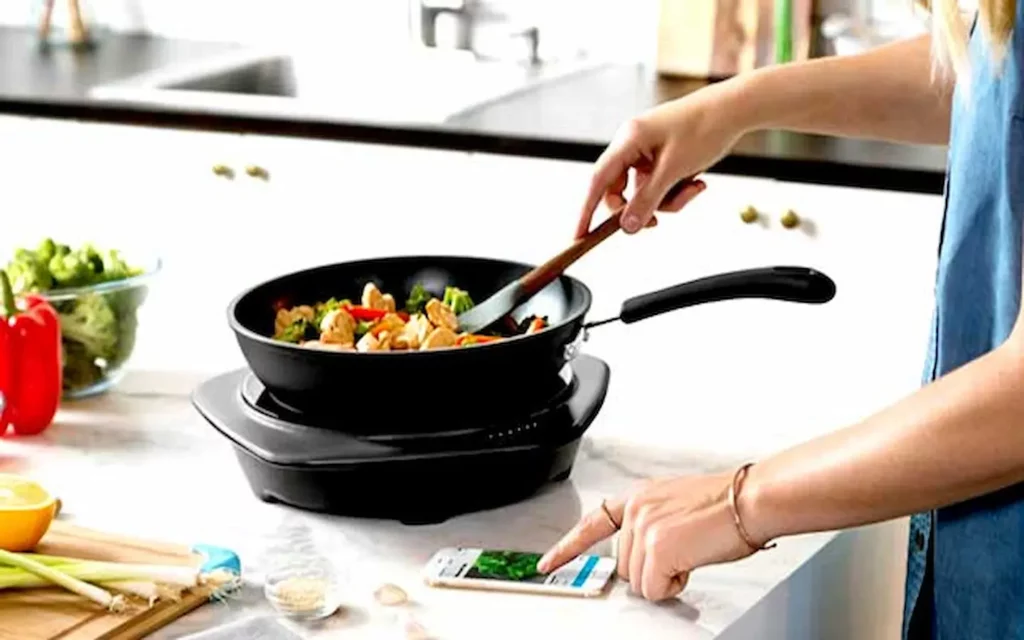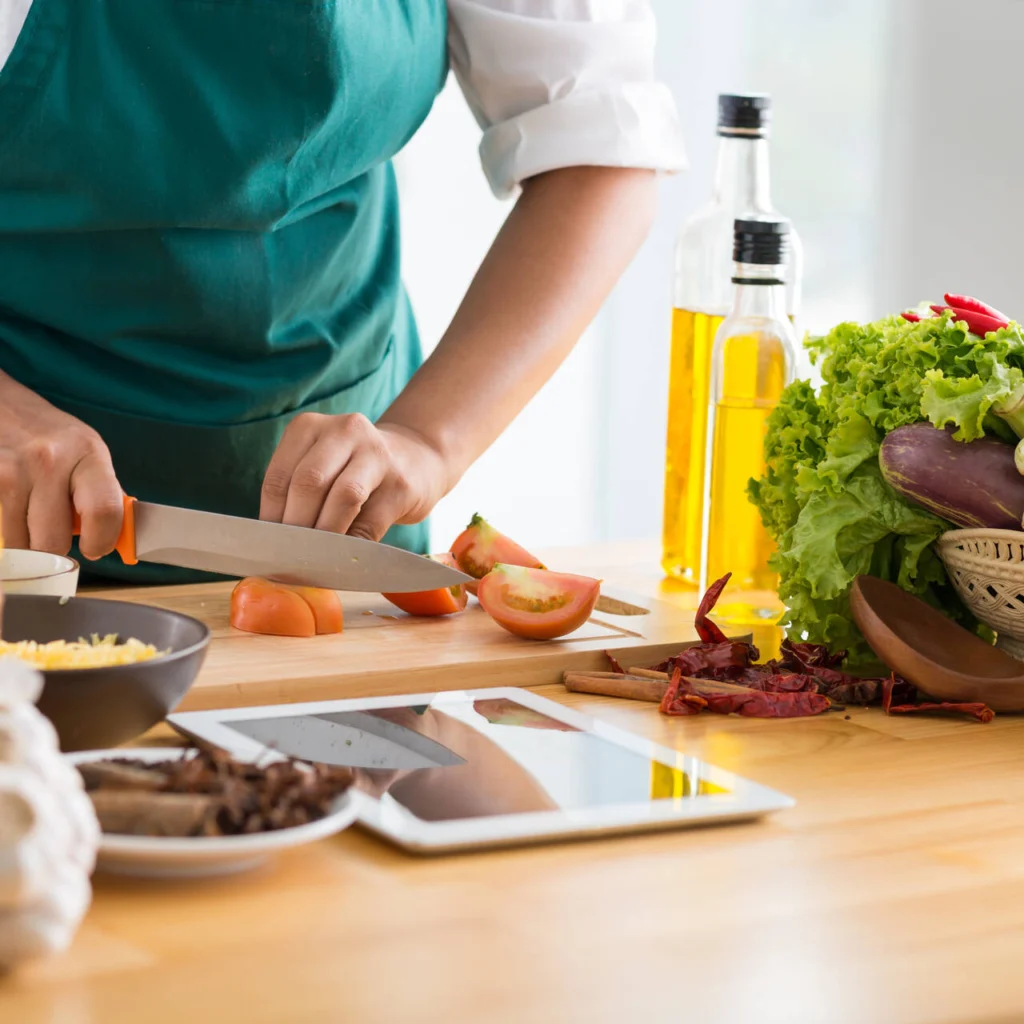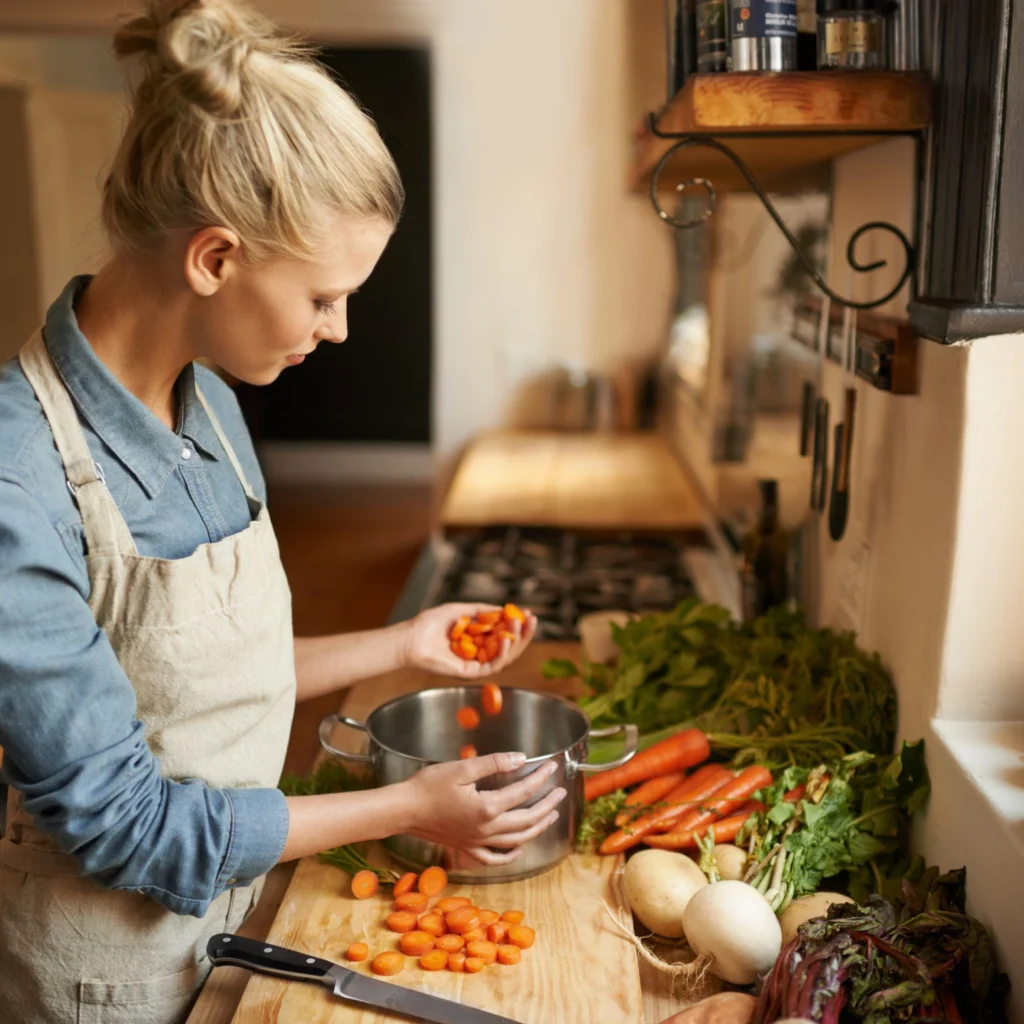In the constantly evolving world of culinary arts, a new trend promotes healthy eating and champions environmental sustainability. This innovative method is known as fireless cooking. With the spotlight on sustainable practices and reducing carbon footprints, fireless cooking stands out as an eco-friendly alternative, challenging the traditional norms of using fire to prepare food.
The Concept Behind Fireless Cooking
Fireless cooking is not a modern invention per se. Historically, our ancestors used the residual heat from a fire to continue cooking their food long after the flames had been extinguished. The modern take on fireless cooking harnesses this principle with a contemporary twist. Instead of relying on fire, food is initially brought to a certain temperature using a minimal heat source and then placed in insulated containers where the cooking continues. These containers trap the heat, ensuring a slow-cooking method that retains flavor and nutrients.
Read more about: Cooking Way
Benefits of Fireless Cooking: Health and Environment
The benefits of fireless cooking are discussed below.
Nutrient Retention: Traditional cooking methods often expose food to high temperatures, risking the loss of essential vitamins and minerals. Fireless cooking uses a gentler approach, which helps maintain the food’s nutrient profile.
Energy Efficiency: By relying on retained heat for most cooking, energy consumption is significantly reduced, which leads to cost savings and promotes sustainable, eco-friendly food preparation.
Safety: The absence of open flames and direct heat sources minimizes risks associated with conventional cooking, such as burns or kitchen fires.

Adopting the Fireless Cooking Technique
Transitioning to fireless cooking is seamless and requires minimal adjustments. The key component is an insulated container or cooker. Many commercially available models are designed specifically for this method. Still, a homemade version using regular pots and insulating materials like hay, blankets, or old clothes can work just as effectively.
The process generally begins with partially cooking the food on a conventional heat source until it’s halfway done. Once the food reaches this stage, it’s transferred to the insulated container, which continues to cook using the retained heat. Given the prolonged cooking time, it’s excellent for dishes that require slow cooking, such as stews or braised meals.

Incorporating Fireless Cooking in Modern Cuisines
Fireless cooking might limit the variety of dishes one can prepare. On the contrary, it allows culinary enthusiasts to experiment and innovate. The possibilities are endless, from soups, stews, and casseroles to rice dishes and desserts.
The World of Fireless Cooling Dishes
Many chefs are embracing fireless dishes method, not just for its environmental advantages but also for the unique taste and texture it gives to the food. It gives a slow-cooked, consistent flavor, which is hard to achieve with fast, high-heat methods.

Fireless cooking is a perfect option for picnics, potlucks, or situations without a kitchen. Here’s a quick guide to fireless meals:
-
Salads: Combine greens, vegetables, and a dressing for a refreshing base. Add fruits, nuts, and cheeses for extra flavor and texture.
-
Sandwiches: Choose your favorite bread, fillings, and spreads to create endless variations.
-
Dips and Spreads: Make protein-rich dips using beans, vegetables, yogurt, or nuts for a satisfying snack.
-
Desserts: Enjoy delicious treats like puddings, parfaits, and ice cream, all without needing a stove.
The Science Behind Fireless Cooking
The magic of fireless cooking is largely based on the principles of thermodynamics. Heat, as a form of energy, tends to flow from an area of high temperature to a lower temperature. When food is initially heated and then placed in an insulated environment, the heat energy remains trapped, causing the temperature of the food to remain relatively stable. Over time, this trapped energy continues to cook the food. The better the insulation, the longer the food can cook and the better the results.

Understanding Heat Retention Materials
Central to the success of fireless cooking is the choice of heat-retention materials. These materials determine how long and effectively the food cooks in an insulated environment. Here’s a closer look:
Natural Insulators: Traditional materials, such as hay, wool, and straw, are organic insulators used for centuries. They are renewable and biodegradable, making them eco-friendly choices.
Synthetic Insulators: Modern fireless cookers often incorporate synthetic insulating materials like polyurethane foam or fiberglass. These materials offer exceptional heat retention capabilities and are often lightweight.
Hybrid Solutions: A combination of natural and synthetic insulators can sometimes provide the best of both worlds – the eco-friendliness of organic materials and the efficiency of synthetic ones.
Choosing the Right Insulated Container
When delving into fireless cooking, choosing an insulated container is crucial. Commercially available fireless cookers have advanced insulation technology, ensuring optimal heat retention. However, the choice of insulating material matters for those looking for a DIY route. Traditional materials such as hay, wool, and newspaper can be effective. The container should also have a tight-fitting lid to trap heat. Pots made from cast iron or those with thicker walls tend to retain heat better and are ideal choices.
Meal Planning for Fireless Cooking
Some planning is required to make the most out of fireless cooking. Only some dishes will be suitable for this method. Foods that benefit from slow cooking, like beans, certain cuts of meat, and grains like barley or brown rice, are ideal. Additionally, it’s vital to consider the initial heat source. For example, if you’re starting with boiling water, the retained heat will last longer than starting with a simmer. The size of food pieces also matters; smaller chunks will cook faster than larger ones.

Cultural Impacts and Historical Roots
While the recent wave of fireless cooking might seem trendy, many cultures have employed similar techniques for centuries. In various parts of Africa, for instance, a ‘wonderbag’ – a cushioned bag filled with insulating material – has been used to slow-cook food. Similarly, in some Asian cultures, rice is partially cooked and then wrapped in insulation to finish cooking. Recognizing and appreciating these cultural roots enriches the modern practice of fireless cooking.
Tips and Tricks for Optimal Results
To master the art of fireless cooking, consider the following tips:
Know Your Insulator: Different insulating materials have varying efficiencies. If using a DIY approach, experiment to find the optimal combination of materials.
Preheat the Container: Just like preheating an oven, warming up your insulated container can enhance the cooking process.
Check for Doneness: As you get familiar with fireless cooking, you’ll understand how long specific dishes take. Initially, it’s wise to check for doneness slightly before you expect the food to be ready.
Adjust Liquid Levels: Given minimal evaporation in fireless cooking, you should reduce the amount of liquid in certain recipes.
With these additional insights, the journey into fireless cooking becomes a richer and more rewarding experience, promising delicious outcomes while promoting sustainability.
Pairing with Solar Cooking for Efficiency
Another eco-friendly cooking method that complements fireless cooking is solar cooking. Solar cookers can bring food to the required temperature by harnessing the sun’s power before transferring it to an insulated container to finish cooking.

Synergy of Methods: Starting the cooking process with a solar cooker and finishing with a fireless cooker can be energy-efficient and highly sustainable.
Extended Cooking Time: Solar cooking might not complete the cooking process in regions with limited daylight. Fireless cooking can extend this time, ensuring the food is fully cooked.
Versatility in Dishes: By combining both methods, a wider range of dishes can be prepared, from sun-baked bread to slow-cooked stews.
Integrating solar and fireless cooking can achieve a holistic and green cooking approach.
In conclusion, fireless cooking is a step towards a sustainable future, marrying the best of ancient wisdom and modern innovation. Embracing this method conserves energy and introduces us to new depths of flavors, textures, and culinary possibilities. In a world seeking sustainable alternatives, fireless cooking shines brightly as the way forward in the kitchen.
KEYWORDS:
